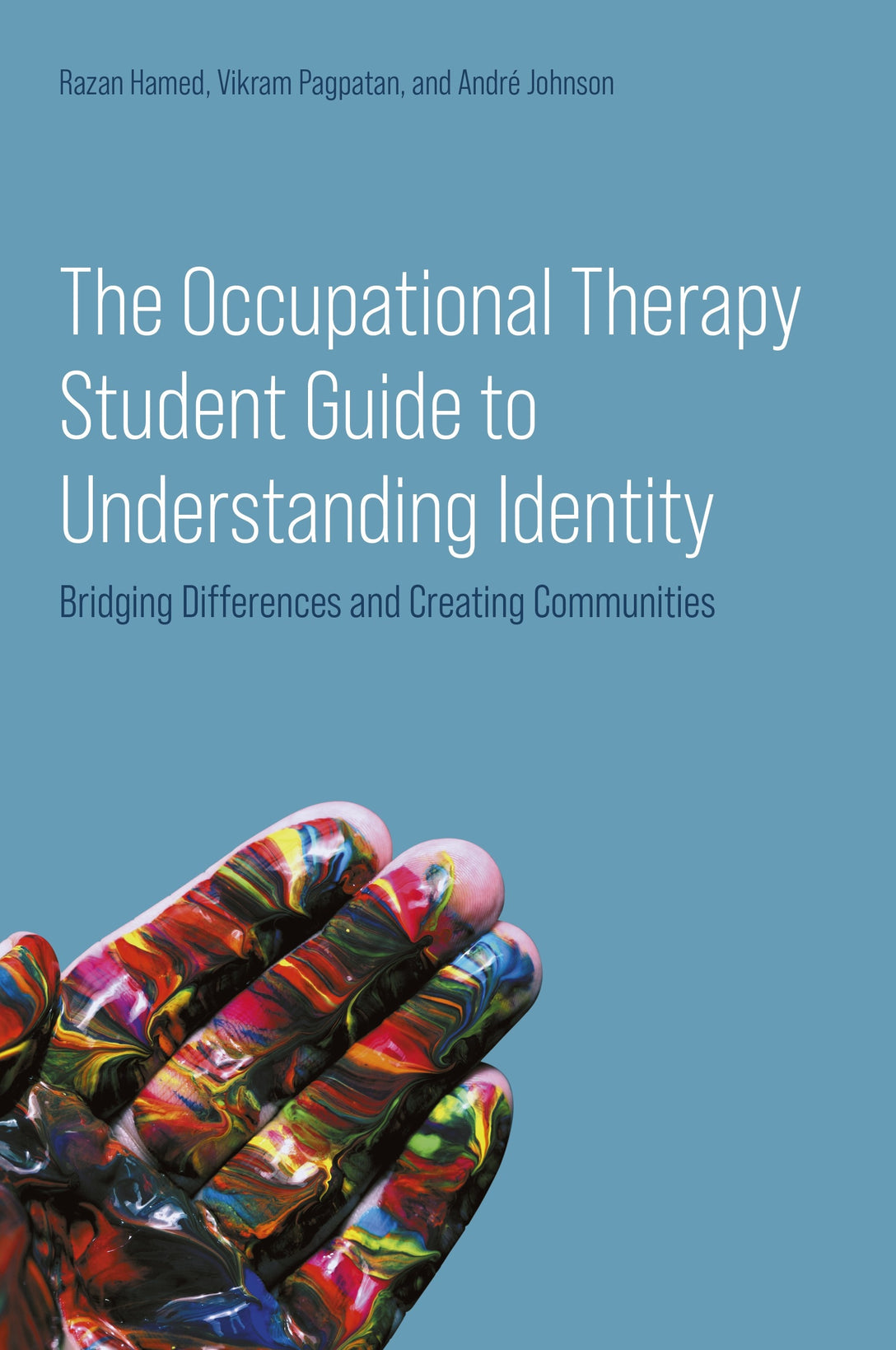
Press Reviews
Carol Lambdin-Pattavina OTD, MSOT, OTR/L, CTP, FAOTA, Associate Professor at University of New England
Exciting and timely publication! This text situates DEI+ issues squarely in the classroom where healthcare students and faculty can explore diverse perspectives, implicit biases, as well as strategies to promote student growth and transformation. The authors chronicle the vastly different experiences of two occupational therapy students from diverse cultures in an academic context. Through these lived experiences, the reader is able to vicariously explore both conscious and unconscious microaggressions, discrimination, and inequities that are woven throughout these and related character narratives; even though the academic situation is the same for both Gemma and Allie, their experiences couldn't be more dissimilar. Each chapter incorporates intentional opportunities for the reader to pause and reflect and the "hot takes" at the end of each chapter serves to promote deep thinking about aspects of DEI+ that impact learning. An accompanying workbook allows for direct application of the material, and suggested activities are engaging and interactive. This is a must read for faculty and students in any healthcare profession. Learning about DEI+ issues and how to provide healthcare that is equitable and just is central to any curriculum truly vested in quality client care.
Steven D. Taff, PhD, OTR/L, FNAP, FAOTA, Professor of Occupational Therapy and Medicine
If one is looking for a one-stop-shop for how diverse identities navigate learning environments and the daily occupations of students, then this book is it. Not only is the narrative approach unique and thought-provoking, but from an educational perspective, the case studies, reflective questions, and "Let's Think About It" features prompt deep, authentic learning. This is a must read for health professions education students, faculty, and program leaders alike.
Dale A. Coffin Ed.D., OTR/L, Clinical Associate Professor of Stony Brook University
The Occupational Therapy Student Guide to Understanding Identity is an inspiring and timely resource that brings the principles of diversity, equity, inclusion, justice, belonging, and access into focus through the lens of occupational therapy education. By following the case studies of various backgrounds, privileges, and intersectionalities-readers are drawn into a powerful narrative that feels both personal and universal. The book's storytelling approach, paired with practical strategies, makes it a unique tool for reflection, discussion, and action in the classroom, on fieldwork, and beyond. It is not only a must-read for OT students preparing to become culturally responsive practitioners, but also a valuable resource for all healthcare students committed to advancing occupational justice in their professions.
